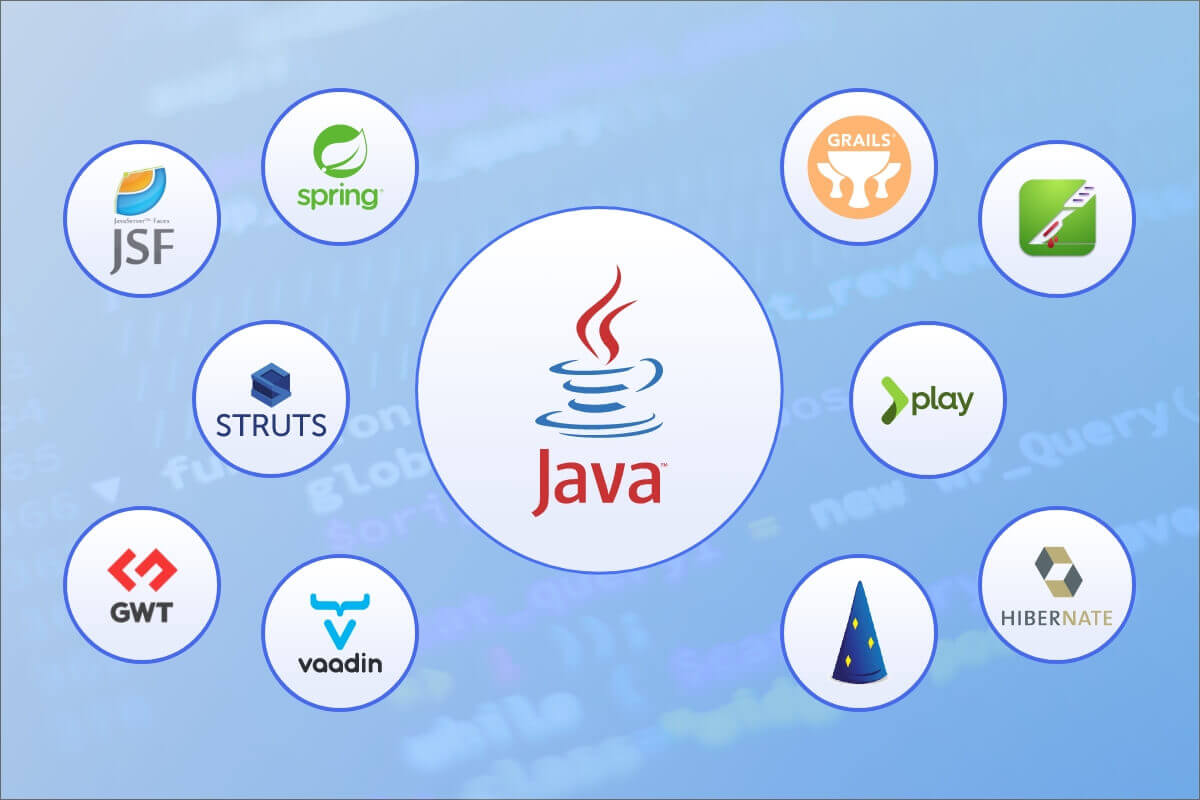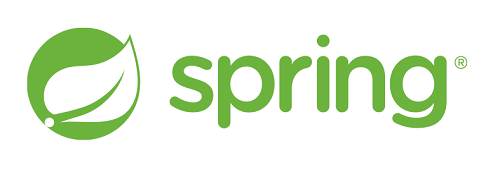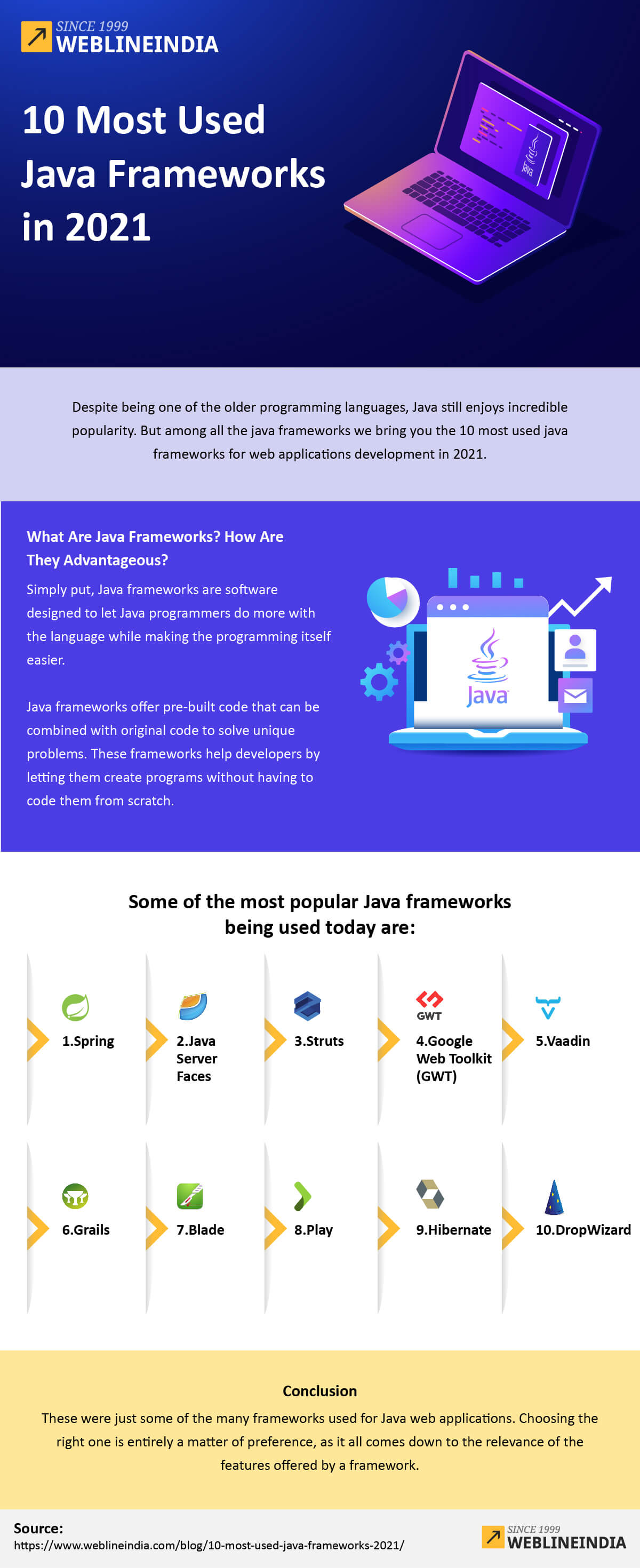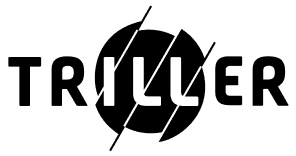10 Most Used Java Frameworks For Web Development

Despite being one of the older programming languages, Java still enjoys incredible popularity. But among all the java frameworks we bring you the 10 most used java frameworks for web applications development in 2021.
The programming abilities of the language are a reason behind its evergreen popularity,
Building web app in Java presents a unique advantage, as developers can streamline development using Java frameworks, thereby reducing time and effort invested in Java-based program creation.
What Are Java Frameworks? How Are They Advantageous?
Simply put, Java frameworks are software designed to let Java programmers do more with the language while making the programming itself easier. Java frameworks offer pre-built code that can be combined with original code to solve unique problems. These frameworks help developers by letting them create programs without having to code them from scratch.
In other words, using Java frameworks allows programmers to solve business-specific problems with Java without worrying about standard code used across all similar programs. In some cases, Java development frameworks also enable developers to create more visually appealing applications for the web.
Some of the most popular Java frameworks being used today are:
Java Frameworks List
So before we begin let us list down the Java frameworks we are going to be discussing today
- Spring
- Java Server Faces
- Struts
- Google Web Toolkit (GWT)
- Vaadin
- Grails
- Blade
- Play
- Hibernate
- DropWizard
1). Spring

Spring is perhaps the most popular example on this Java frameworks list. Used by the likes of Netflix, Accenture, eBay, Zillow, and MIT, Spring is a highly flexible Java framework. Spring is lightweight and offers the ability to work on specific layers of a project or on the entire scope of the project. Spring is, however, best known for the fantastic security features it offers.
Using Spring, it becomes very easy to add processes like authentication and verification to an application.
2). Java Server Faces
Oracle developed Java Server Faces, and it offers some excellent UI capabilities. Java Server Faces (JSF) allows Java developers to create beautiful interfaces for Java applications. JSF comes with an enormous pre-loaded library and a well-designed dashboard. However, the biggest advantage of using JSF lies in seamlessly integrating the back-end code with the user interface.
3). Struts
Apache Struts is a Model-View-Controller (MVC) model, open-source, Java framework. It has two versions, Struts 1 and Struts 2, of which, Struts 2 is widely used. Struts 2 offers a unique combination of the webworks framework of OpenSymphony, along with all the frameworks of Struts 1.
The configurable MVC components are perhaps the most attractive feature of Struts. However, it comes loaded with a variety of other useful features and also enjoys incredible community support.
4). Google Web Toolkit (GWT)
Google Web Toolkit or GWT is an open-source Java framework. It caters to the front-end development needs of a Java application development project and offers an incredible range of UI capabilities. GWT now also can create both client-side and server-side applications. It also comes with a Java to JavaScript compiler that can help save some serious effort for developers.
GWT is backed by well-organized documentation that makes it easy for any Java developer to understand and work with.
5). Vaadin

Vaadin is another example of a Java framework that comes with a well-organized, detailed database. In addition, it is an open-source platform loaded with application starters and tools and a set of web components. With features like built-in JavaBeans validation with annotation and built-in Spring framework support, Vaadin is an incredibly popular Java framework used by JP Morgan Chase and Dell.
Also read our post on Latest Java Technology Trends
6). Grails
Grails is written in Groovy languages but is still seamlessly compatible with Java. Powered by an MVC design model, it is exactly compatible with the syntax of Java.
The real benefit of using Grails, however, is the easy and short learning curve involved. It comes with easy-to-understand documentation and is a perfect tool for beginners. It enjoys superb popularity. One of the most well-known users of Grails is LinkedIn.
7). Blade
The Blade is an incredibly lightweight Java framework, with the source code amounting to only 500kb. Featuring an MVC architecture model, Blade offers ease of programming and supports a large variety of plugins. However, the most attractive features of Blade are Cross-Site Request Forgery (CSRF) and Cross-Site Scripting (XSS). It also allows developers to create multiple templates besides a master template.
The Blade is also a great choice for solo programmers and freelancers.
8). Play
Play is another popular Java framework part of the tech stacks of companies like LinkedIn, EA, and Verizon. It offers a wide range of features, all designed to make the development process easier and faster.
Play is also very lightweight and offers great NoSQL compatibility. These features make it an ideal tool for mobile application development. Another great feature of Play is the option of Cloud deployment that allows multiple contributors to collaborate on a single project without being limited by their location.
9). Hibernate

Hibernate is primarily used for data processing purposes. It works especially well with relational databases and helps eliminate inconsistencies from processed data. In other words, developers using Hibernate are capable of performing heavy data manipulation with virtually no code. Hibernate is a fantastic Java framework with amazing capabilities, and that’s why the likes of IBM and Dell use it.
10). DropWizard
DropWizard is designed to save time and effort, and it performs those functions well. It is perfect for creating stable and reliable RESTful applications.
It brings together a huge collection of popular Java libraries, including Jackson, Jersey, Guava, Jetty, and many others. Meaning, the framework can take care of almost all general configurations like security and performance, giving developers the freedom to focus on business-relevant features.
Conclusion
These were just some of the many frameworks used for Java web applications. Choosing the right one is entirely a matter of preference, as it all comes down to the relevance of the features offered by a framework. And if you want experts to take care of the job for you then do check out our java development services.
Frequently Asked Questions
Although there are numerous frameworks built on Java, the following are some of the most often used frameworks of various types:
– Spring
– Struts
– Hibernate
– Wicket
– JSF (Java Server Faces)
– Dropwizard
The top frameworks are:
– Spring MVC
– JSF (JavaServer Faces)
– Struts
– Hibernate
– GWT (Google Web Toolkit)
– Play! Framework
– Vaadin
– Grails
– Wicket
– Vert.x
Yes, Apache Struts is a free and open-source MVC framework for creating appealing, modern Java web applications.
The top 5 Java frameworks that you should learn in 2022 are as below:
– Spring
– JSF
– Struts
– Hibernate
– Vaadin
Yes, Java can be used in the back end too.
Java Frameworks are application skeletons or entire frameworks that give programmers the tools they need to build a web application or any other type of software. The following are some of the benefits of using Java Frameworks:
– Security
– Support
– Efficiency
– Expense
Social Tags:
#java #framework #javaframework #javaframework2021 #webapplications #webdevelopment #spring #javaserverfaces #struts #googlewebtoolkit #vaadin #grails #blade #play #hibernate #dropwizard
10 Most Used Java Frameworks in 2021: Infographic


People Ops & Marketing Strategist: Leader with 15+ years of experience in Organizational Capability Building and Marketing Success.
Additionally he also loves blogging and sharing his thoughts to help the community.









